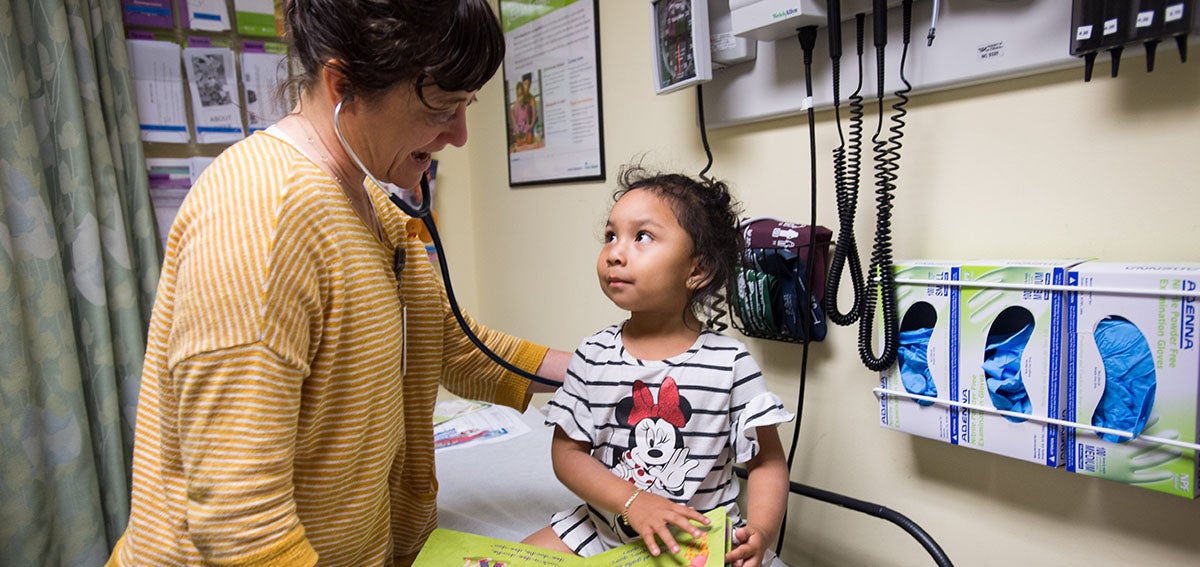Download
Jump to All Downloads & LinksPrimary care is the only component of health care for which an increased supply is associated with better population health, longer lives, and improved health equity. Yet until now, few data were available on the level of primary care investment specifically in the California health care market.
How much of the health care dollar is currently spent on primary care in California’s commercial market, and what are the results?
This first-of-its-kind study, Investing in Primary Care: Why It Matters for Californians with Commercial Coverage, measures primary care spending, as a proportion of overall spending, among eight health plans and their product offerings, covering 80% of commercially insured adults in California (13.9 million). The study found that the percentage of primary care spending varied more than twofold among the plans, from a low of 4.9% to high of 11.4%, mostly below other states’ recommended levels of 9% to 12%. Greater investment in primary care among health plans was associated with better quality care and fewer hospital visits.
The study also took a deeper look at the primary care spending of 180 separate provider organizations, comprising 8.5 million adults enrolled in HMO plans, or nearly half of California’s commercially insured adults. Among the provider organizations, larger investments in primary care were associated with better quality, better patient experience, and fewer hospital and emergency room visits, as well as a lower total cost of care.
The research was conducted by Integrated Healthcare Association, Onpoint Health Data, RAND Corporation, and Bailit Health Purchasing with support from the California Health Care Foundation, Covered California, and the Milbank Memorial Fund. The full report, along with the executive summary and a presentation of key takeaways, is available for download below.
What does primary care spending look like in Medi-Cal, and how does spending relate to quality?
This report, the first effort to quantify primary care spending in Medi-Cal, examines primary care spending by 13 Medi-Cal managed care plans in California, for 5.4 million members. The level of investment in primary care — defined as the percentage of a health plan’s overall spending dedicated to primary care services — varied widely among the 13 Medi-Cal managed care plans that participated in the study, with a low of 5% to a high of 19%. The average was roughly 11%.
The study finds that greater investment in primary care is associated with better quality of care and a higher plan rating. Given that Medi-Cal provided coverage for about 37% of Latinx Californians and 24% of Black Californians in 2021, the study points to an important opportunity to improve care quality in the Medi-Cal program and health equity for Californians through greater emphasis on primary care.
The study was conducted by Edrington Consulting, Health Management Associates with support from the California Health Care Foundation.
What can we learn from how other states have approached primary care investment?
As California considers ways to promote primary care investment, there is much to learn from other states. Recognizing the urgent need to strengthen primary care, more than one-third of US states (17) and several of the nation’s largest public and private purchasers have prioritized shifting more of the health care dollar to primary care. This report (available for download below) provides a detailed review of their primary care investment, payment innovation, and care delivery transformation strategies. The study was conducted by Freedman HealthCare with support from the California Health Care Foundation.
For More Information
- Press Release 4/19/2022: Groundbreaking Study Links Higher Primary Care Spending to Better Quality Care in California
- Press Release (7/25/2022): Pioneering Study Link Higher Primary Care Spending Percentage Among Medi-Cal Managed Care Plans to Better Quality of Care and Plan Rating
- Op-Ed in Capitol Weekly (8/11/2022): Primary care provider key to achieving health equity





